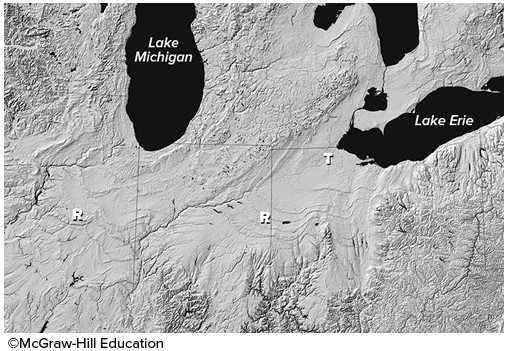Explain how "natural hazards" can be "culturally" defined. In other words, what role do humans play in shaping the distribution of hazards?
What will be an ideal response?
Settlement patterns influence our "understanding" of natural hazards. People for example often choose to live in hazardous areas, such as coastal locations (subject to hurricanes) or hilly or mountainous areas (subject to wildfires). Also, the process of urbanization (which changes hydrological processes) has created urban flooding as a ‘natural' hazard.
You might also like to view...
Scientists estimate that _________ __________ _______account for at least 17% of all human-created greenhouse gas emissions
Fill in the blanks with correct word
The pressure in the center of a tornado is: a. often more than 100 mb lower than that of its surroundings
b. about 5 mb higher than that of its surroundings. c. about 5 mb lower than that of its surroundings. d. roughly the same as that of its surroundings.
The U.S. Land Ordinance of 1785 divided much of the country into a system of
A) townships, towns, cities, municipalities, and major urban centers. B) ranges, distances, scales, projections, and map symbols. C) town-county boundaries. D) quarter sections, range sections, town land sections, and county sections. E) townships, ranges, sections, and quarter sections.
What is the origin of smooth troughs (T on this figure) cutting across the landscape in the Great Lakes area?
A. Glaciers carved the smooth troughs. B. A huge flood coming from Iowa flowed toward the Great Lakes. C. The areas were covered by soft marine sediments. D. All of these choices are correct.